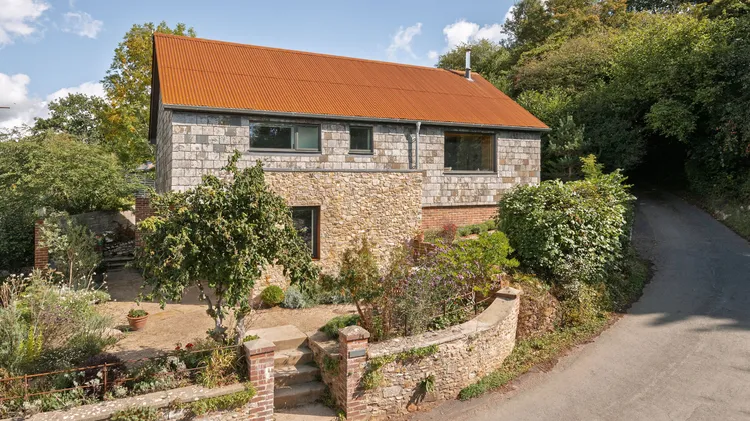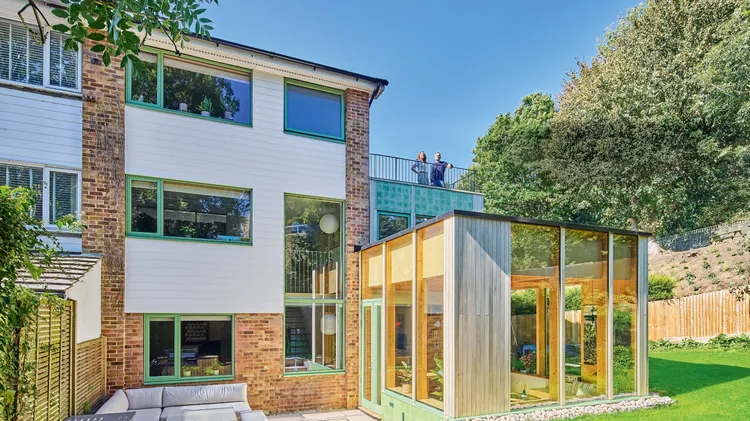The geometric simplicity of this house belies the clever fixtures and fitting
Boxy, not square
4 min read
This article is from...
Read this article and 8000+ more magazines and newspapers on Readly






